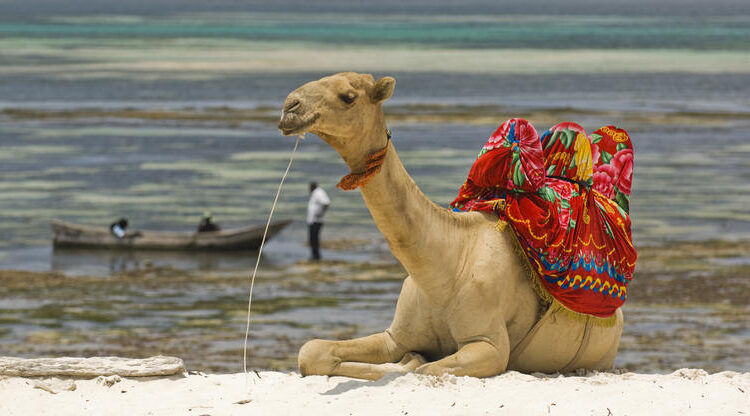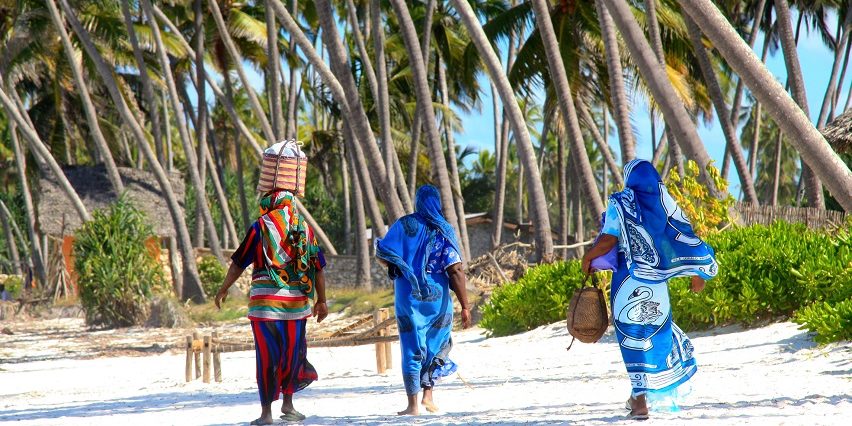
The Swahili Coast
The Swahili Coast: The Swahili Coast is the eastern part of Africa’s coastline that embraces many cultured and historical sites. The region which incorporates parts of today’s Kenya and Tanzania has been a cultural and commercial violence for centuries. The Swahili Coast has a multi-ethnic cultural background with mixtures of African, Arab, Persian, Indian, and European, and this makes it have a different culture of architecture, language, foods, and behaviors among other aspects. Apparently, I discovered that Swahili Coast is a cultural realm of the East African region founded on historical characteristics, and traditional and magnificent geographical formation.
Historical Significance of the Swahili Coast
The region known today as the Swahili Coast has a history spanning over one thousand years. Evidently, the region was a hub of trade since the 1st century AD when Africa connected with the Middle East India and other territories. Due to its distribution along the eastern part of the African continent, the Swahili Coast became an active participant in the trade networks located within the Indian Ocean with the products that were exchanged being gold, ivory and spices and textile merchandise. This trade also benefitted the region by improving its economic status and encouraging integration, which gave birth to the Swahili people.
The language of the Swahili people is a Bantu language with many words borrowed from Arabic and as a result of interaction with other traders and merchant throngs, became the language adopted as the medium of communication among the people of this region. Indigenous people and their hybridity with the Arabs and Persians that characterize the Swahili culture are well expressed in their art and architecture, music and dances. Mombasa, Lamu and Zanzibar, now coastal towns have preserved old buildings with features of Swahili architecture which include wood-carved door, coral rag buildings, and Persian courtyards.

The Swahili City-States
In the medieval ages, the Swahili Coast was inhabited by city-states that had their own rulers; sultans or local chiefs. Some of the city-states include; Kilwa, Malindi and gede, all bar which were prominent trading and cultural hubs. Some of them were very active intra-African traders who facilitated commerce between the African interior and the rest of the world particularly in the Indian Ocean. The overall development of these city-states can be seen from the architectural designs of the buildings, the systematic layout of the cities and the numerous facilities for cultural activities.
Kilwa was one of the most significant and probably the most influential among the city-states situated along the Swahili Coast in the territory that is now Tanzania. At the same time, Kilwa dominated the main commerce of the eastern African coast and gold commerce of the interior. Some of the existing structures in Kilwa Kisiwani, which is now a World Heritage Site, is the Great Mosque of Kilwa and the Husuni Kubwa Palace among other structures that depict early structures in the city.
Lamu which is in the northern part of Kenya is also another significant site. Lamu is among the few oldest Swahili coastal towns and thus retains many cultural traits of the Swahili civilization. Lamu’s major cultural event is the Lamu Cultural Festival which is held every year with events such as music, dance, poems and dhow race.
The Swahili Culture and Traditions
As for the cultural aspect of the Swahili Coast its traditions and customs are very diverse due to the region’s history. The people of Swahili are famous for their hospitality and the visitors to the region will be in to expect high hospitalities from the people. The people of the region even in their dress and mannerisms reflect both the Africans and the Arabs albeit in different proportions.
It is generally desirable to note that the Swahili community has numerous special features, occupying a special place in the preparation and consumption of delicious meals. Coconut milk, rice, seafood and spices like cloves, cinnamon, and cardamom are other ingredients you’re likely to find in the Swahili dishes. Some common meals are Biryani, Pilau, and seafood curry Besides, is eaten with either chapati or Mandazi which is fried dough. The incorporation of spices applies the area’s role within the spice market additionally to the cultural relations with the Middle East and India.
Swahili music and dance are also one of the significant components in the region’s cultures and traditions. The popular Swahili music is the taarab which has African, Arab Indian origin and is known to have poetic lyrics interchanged with tricky drum beats. Taarab is normally played at weddings, celebrations, and other cultural-related occasions and the instruments used are the oud, qanun, and tabla. The Swahili Coast is also associated with an intricate storytelling culture that incorporates most of its stories with historical aspects interwoven with fiction and or fables with moral values.
The Role of Islam in Swahili Culture
Islam has been an important factor in the Swahili Coast especially after the arrival of the Arab traders in the 8th century. In the present day, the majority of the inhabitants as acknowledged are Muslims this implying that Islamic principles and practices are frequent and engrossing entailments of life. This influence is very evident in the architecture reflected in the part because mosques are a common sight along the coast and some of these buildings are relatively very old.
Marking the end of the fasting period, Eid al Fitr and Eid al Adha festivals are particularly significant cultural practices in the Swahili calendar during which people offer prayers, arrange barbeque parties and feasts, and get together. Ramadan to many groups of the global population is celebrated with the fasting to the special prayers and ends with and an exciting festival known as Eid al-Fitr. Religious values mainly Originating from Islamic teachings also have an influential role to play balancing the social structure of the Swahili people as they encourage aspects such as philanthropy, politeness and respect to other individuals.
Modern-Day Swahili Coast: A Blend of Tradition and Modernity
Today, the Swahili Coast remains one of the areas in which tradition and the present-day mix. Coastal cities have adopted high-profile infrastructure facilities and communally acceptable machineries of modernity but cultural heritage has not been set aside. A major point that was highlighted was that the tourism industry is well-developed in the region and is boosted by the area’s history, gorgeous beaches, and festivals.
Great efforts are being made towards the conservation of the cultural architecture of Swahili Coast; there are projects being implemented to renovate old structures and encourage eco-tourism. Local people are participative in these conservation agendas as they embrace the future generations’ aspirations of their diverse culture.
Conclusion
The Land of Swahili, which lies along the coasts of Kenya and Tanzania is show full of cultural history intertwined with modernity and holding the natural beauty of the region. In this essay, the Swahili Coast shall be described as a historical Cultural Regionalism that progressed from the ancient city-states that inhabited it; through the modern Traditional Culturalism manifested in the cultural practices of its population and the religious Traditions that are practiced along the Swahili Coast. When walking street of Stone Town, having a taste of Swahili houses, and being engaged in some festivals in the Swahili Coast, one cannot fail to be fascinated by mystery and color of that part of Africa.


